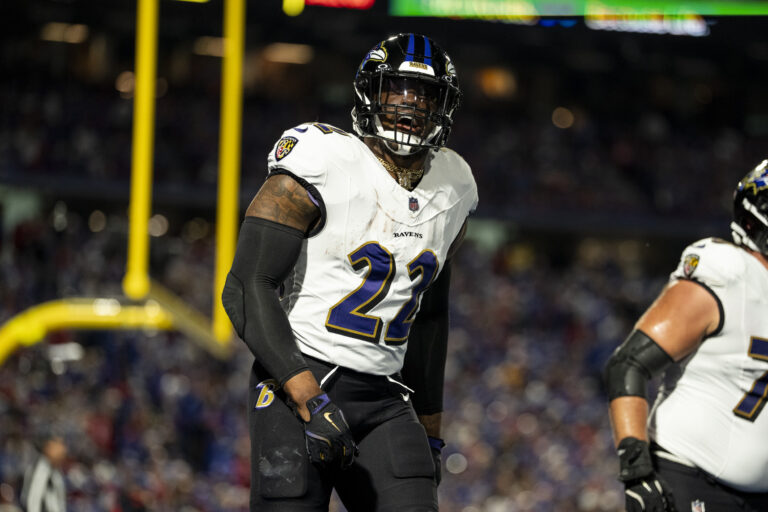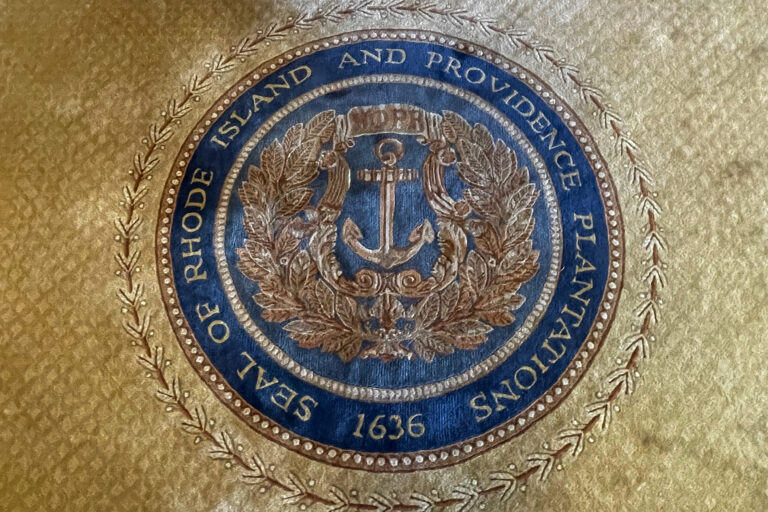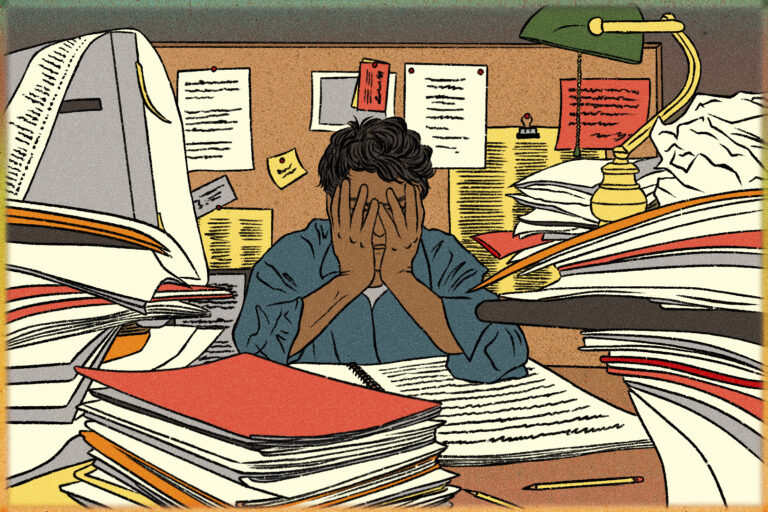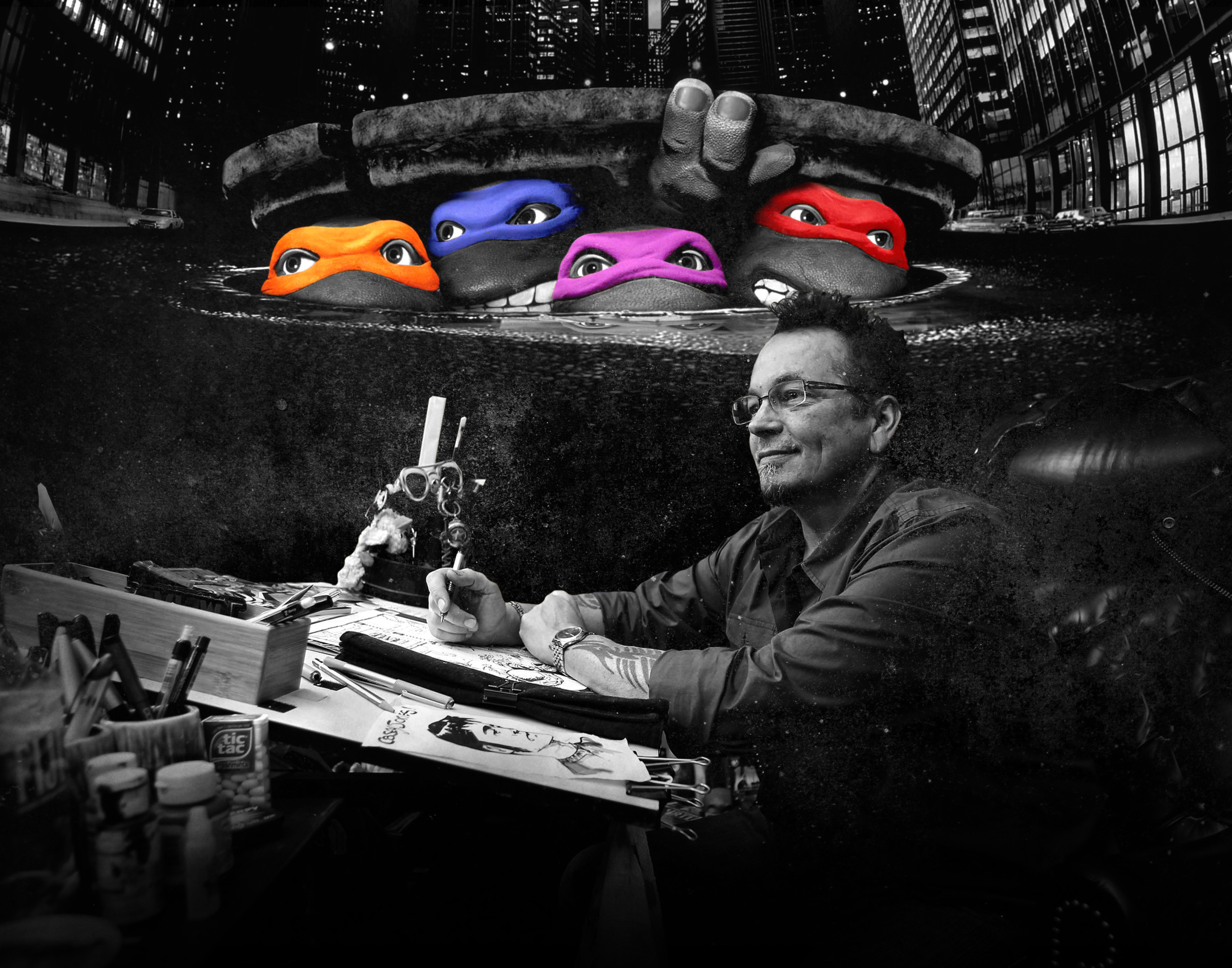
Entertainment gossip and news from Newsweek’s network of contributors
Back before the Teenage Mutant Ninja Turtles became a household name, it started off as a dark and gritty comic for Mirage from co-creators Kevin Eastman and Peter Laird.
More news: Exclusive: ‘TMNT’ Spinoff Series ‘Casey Jones’ Set for Release This Fall
Eastman has been a beloved comic creator for decades on end, and he sat down with Newsweek to discuss the creation, history, and longevity of the turtles — and he divulged some new updates on the current massive hit, “The Last Ronin.”
Initially, Eastman and Laird were messing around with one another regarding the creation of the animal equivalent of Bruce Lee, a world-renowned martial artist. Lee, known for his speed and skills in martial arts, was transformed into a ninja turtle.
“And so I thought to myself, if Bruce Lee was an animal, what would be the stupidest animal, mammal, creature, reptile, and so fast-moving martial artist, slow-moving turtle. It just made me laugh out loud.”
Though the idea of a turtle being a martial artist began with a laugh, Eastman and Laird would lean on their comic fandom to turn the one turtle into four.
“And then we said, well, if one, why not a group of them, maybe four? Like the Fantastic Four or X Men kind of thing. So I penciled a sketch all four turtles, each with different weapons, and I put this comic bookie Ninja Turtles logo above them, and when Pete did the inking on it, he added a Teenage Mutant to the title. And we just laughed out loud, and it was something we said, ‘enough rejection letters.’
“Besides, we really love this idea. We’re going to keep this one for ourselves, and let’s just come up with a story that tells how the turtles got to be Teenage Mutant Ninja Turtles. And that was in 1984, and the first issue came out in May of 1984.”
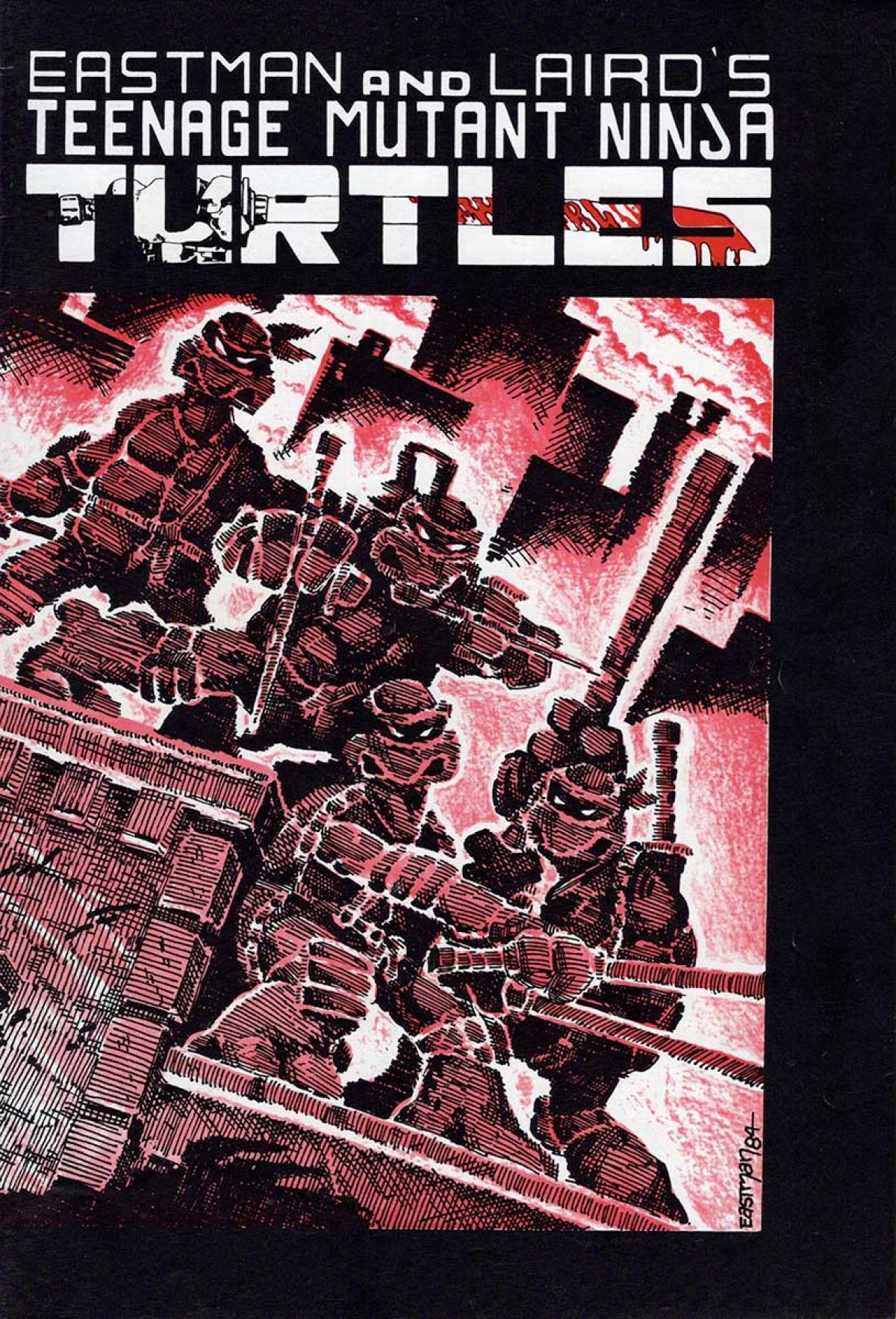
IDW
The comic was meant to be a one-shot, or singular issue, but the impact of the first issue was undeniable. Eastman borrowed money from his uncle to fund the first issue, and a 3,000-copy run would soon sell out.
“We borrowed money from my uncle Quentin. We put together a little business proposal. It was around $1,200 if I recall. All correctly, and that was enough to print 3,000 copies. We thought that we would have most of those 3000 copies for many years to come. It was a one-shot. So, you know, again, we did it, the creation of it and the writing of it was written for ourselves, because we really didn’t think it would sell that well. But it sold out pretty quickly, and to our surprise and my uncle … he was actually going to get paid back.”
The popularity of the comic would turn into a 6,000-copy run, and eventually, the comic world was begging for the second issue. Eastman and Laird would continue their original run, but the Teenage Mutant Ninja Turtles would turn into a global sensation shortly thereafter.
Though the turtles would come out as a comic that showcased a far darker outlook, Eastman and Lair licensed out the turtles to Playmate Toys, leading to the original cartoon series being released in 1987, a series of video games, and the ever-popular original live-action films.
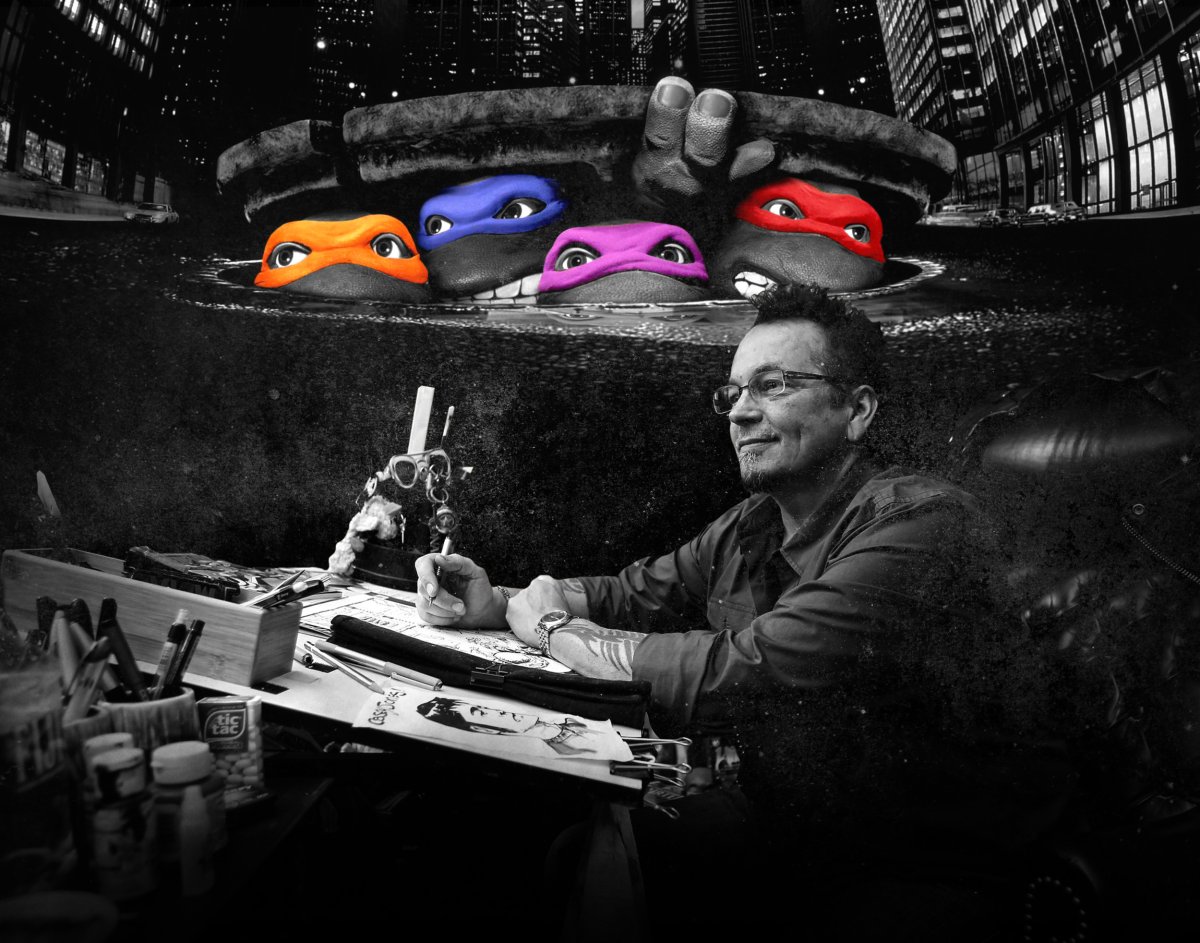
IDW
Despite the fact that the turtles were turned into more of the pizza-eating and radical variation that many fans grew up with and loved, Eastman reveals that he and Laird still had creative control over how the Teenage Mutant Ninja Turtles were conveyed.
“We were lucky, you know. I mentioned Jack Kirby, who was a big hero of Peter and I and the nature of the business that he grew up in, working for Marvel in DC. It was commonplace for the corporation that you worked for owned all the rights to your characters and anything you created was owned by them. So we were well aware, even around the time that Peter and I started, there was a lot of challenges to industry professionals trying to get Kirby more credit for his rights ownership profits from the characters he created. So we knew how lucky we were that we created something we owned fully.”
Eastman would eventually sell his share of the turtles to Laird, who in turn sold the rights to Viacom. Despite not having creative control any longer, Eastman has remained a creative voice for the franchise, including in the most recent movie, “Teenage Mutant Ninja Turtles: Mutant Mayhem.”
“My position as being kind of the OG, you know, the co-creator, Nickelodeon, who’s always been really wonderful, very kind. And they, because they don’t have to bring me in on anything, but they always reach out and ask my opinion. Or, you know, like I did a voice as I was a good human and ‘Mutant Mayhem,’ or I’ve done voices in the cartoon show I worked on, you know, different aspects of different productions. But with that, it was something that Seth and Jeff and Evan and everybody at Point Grey and that whole team had a very specific vision. And it was one of those that had they invited me, and I would have been happy to join him, but they had a vision that they wanted to tell, and I could not be more happy and more proud.”
Eastman did not bow out of creating new and exciting stories for the Teenage Mutant Ninja Turtles. In fact, he became a chief writer when IDW Publishing launched a new turtles comic series in 2011.
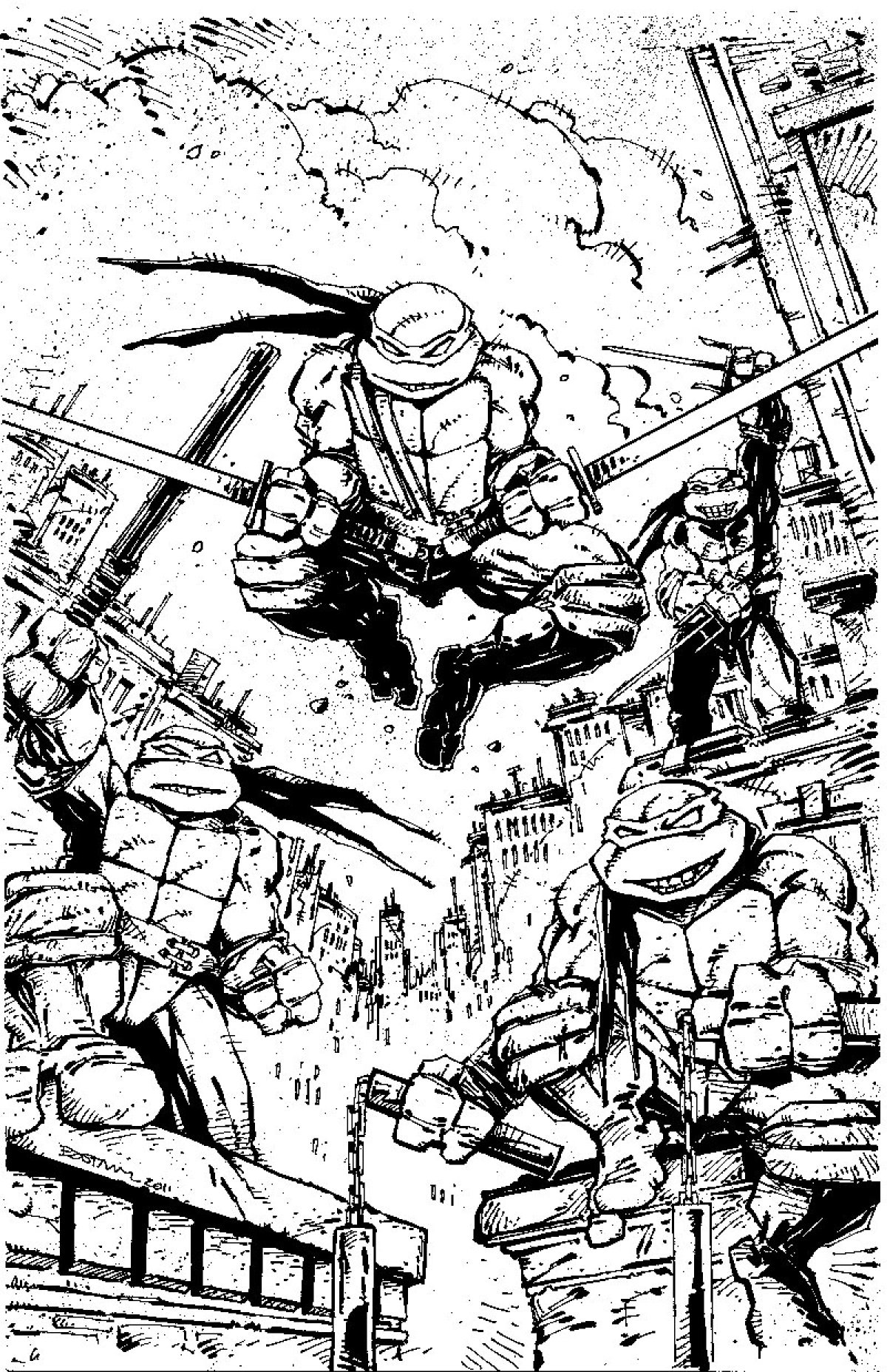
IDW
The monthly-released comic began in August 2011 and has been running ever since. However, IDW chose to relaunch the series in July 2024, with Jason Aaron taking over as the chief writer.
Eastman worked with Tom Waltz while at IDW, and they paired together to revive and work on a story back in the 1980s that was initially developed by Eastman and Laird.
The idea was about what the world of the Teenage Mutant Ninja Turtles would look like if all but one perished. That idea would be transformed into the massive hit, “Teenage Mutant Ninja Turtles: The Last Ronin.”
“The Last Ronin” follows the tragic fall of the Teenage Mutant Ninja Turtles, save for one, Michaelangelo. Michelangelo is distraught over the loss of his brothers and seeks revenge against Oroku Hiroto, the grandson of the infamous Shredder.
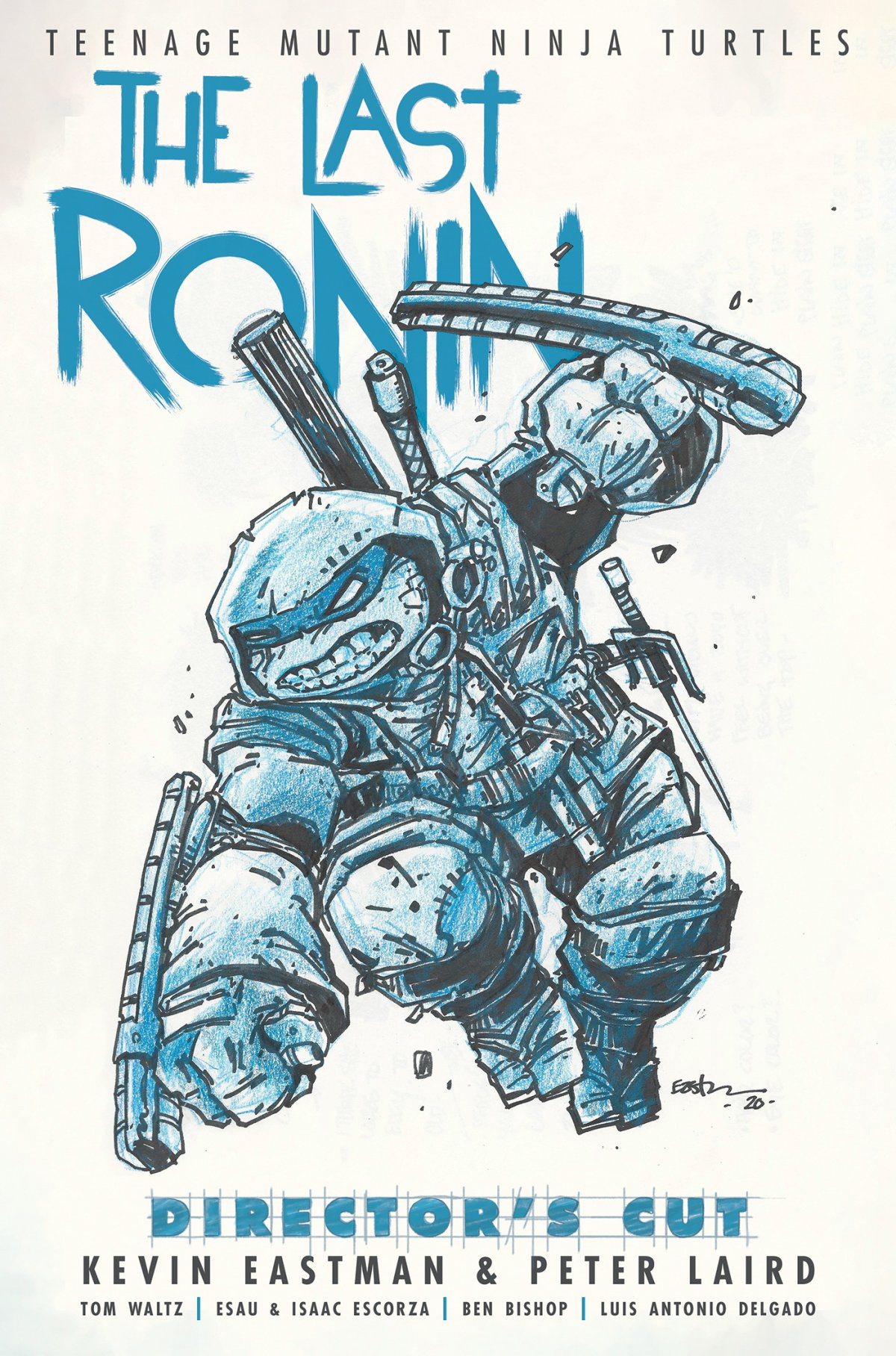
IDW
“It’s an idea that Peter and I wrote way back in 1987, set 30 years in the future. And it was 31 years later that Tom waltz and I, when I dug out the original script and materials that Pete and I developed for that in 1987 and adapted into The Last Ronin. We just felt like this is kind of our love poem to all things, you know, dark night, the edginess, the darkness, and some important things leaning, you know, quite heavily on the original Mirage series in this kind of universe of its own.”
Eastman referred to the reception as “mind-blowing,” which has certainly been the case. “The Last Ronin” led to a prequel called “Teenage Mutant Ninja Turtles: The Last Ronin – Lost Years,” which follows Michelangelo and his quest for answers after the death of his brothers, and the “Teenage Mutant Ninja Turtles: The Last Ronin II – Re-Evolution,” which follows a brand-new set of turtles.
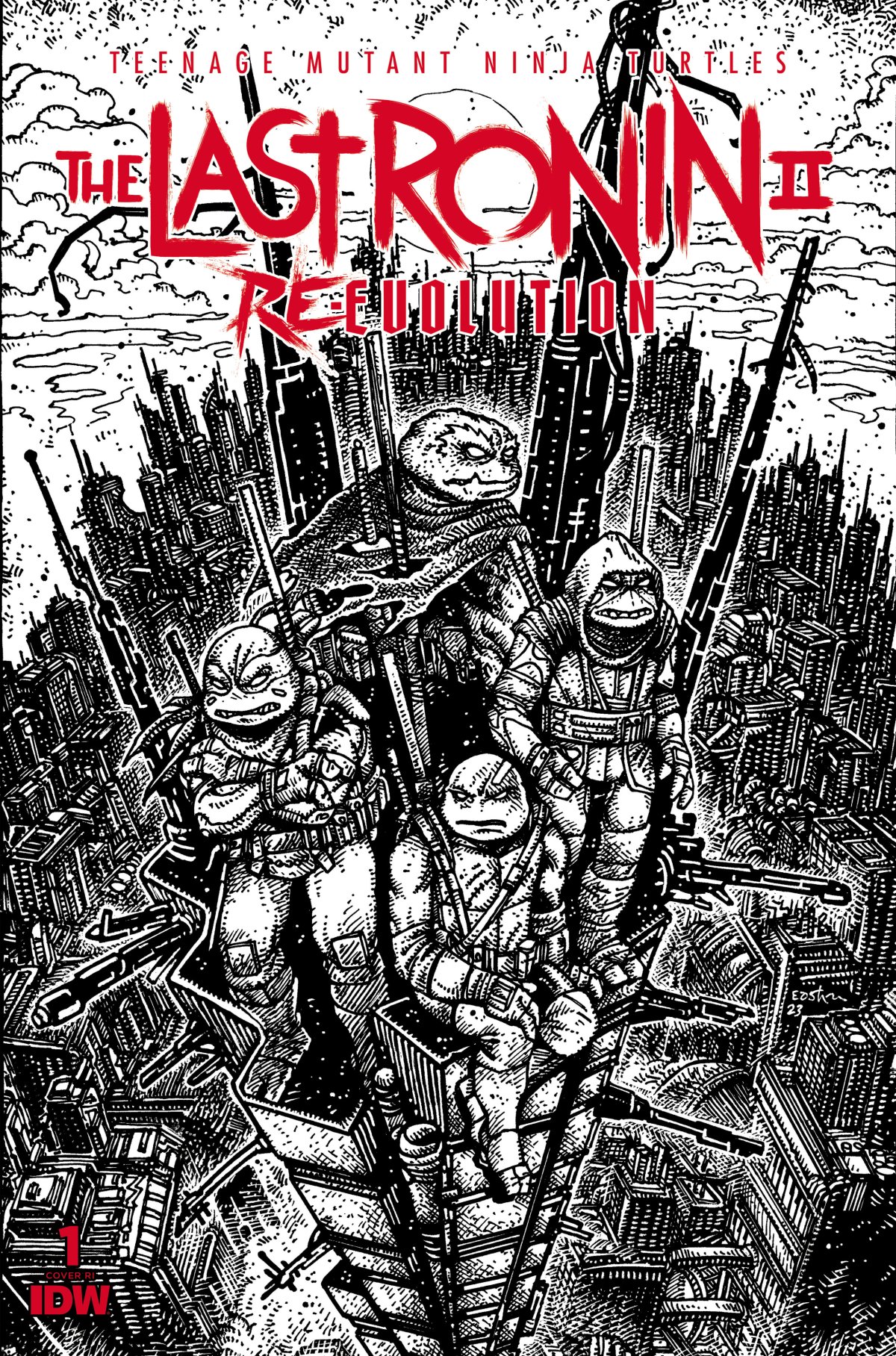
IDW
“The Last Ronin” universe is also expanding into a video game, and Eastman revealed that there will be a third sequel for the comics as well.
“We are working on a part three. So we feel like, just funny that when I’m looking at your posters behind you, get the ‘Empire Strikes Back.’ And so we feel like, you know, ‘Last Ronin, the first one is kind of ‘A New Hope.’ ‘Re-Evolution’ is ‘Empire Strikes Back,’ and so three is going to be our best shot at, you know, ‘Return of the Jedi’ kind of concept. So, we’re excited to dig into that this year.”
Eastman also revealed that the third “Teenage Mutant Ninja Turtles: The Last Ronin” series is set to start in 2026.
“So 2026, is what we’re looking at. And so we’re all working. We’re kind of rolled off series two, almost right into series three. So we’re excited.”
Since creating the Teenage Mutant Ninja Turtles in 1984, the characters and stories have gone on to inspire and entertain fans for over 40 years. What has surprised Eastman through 40 years of writing and drawing, what was initially a joke?
“That there are still stories to tell, sincerely.”
To listen to the entire, watch the video above. Eastman goes into depth on the history of the turtles and their many iterations, the original comic, how “The Last Ronin” was developed, the sequels, and what creating the Teenage Mutant Ninja Turtles has meant to him for 40 years.
For more on comics, head to Newsweek Comics.

